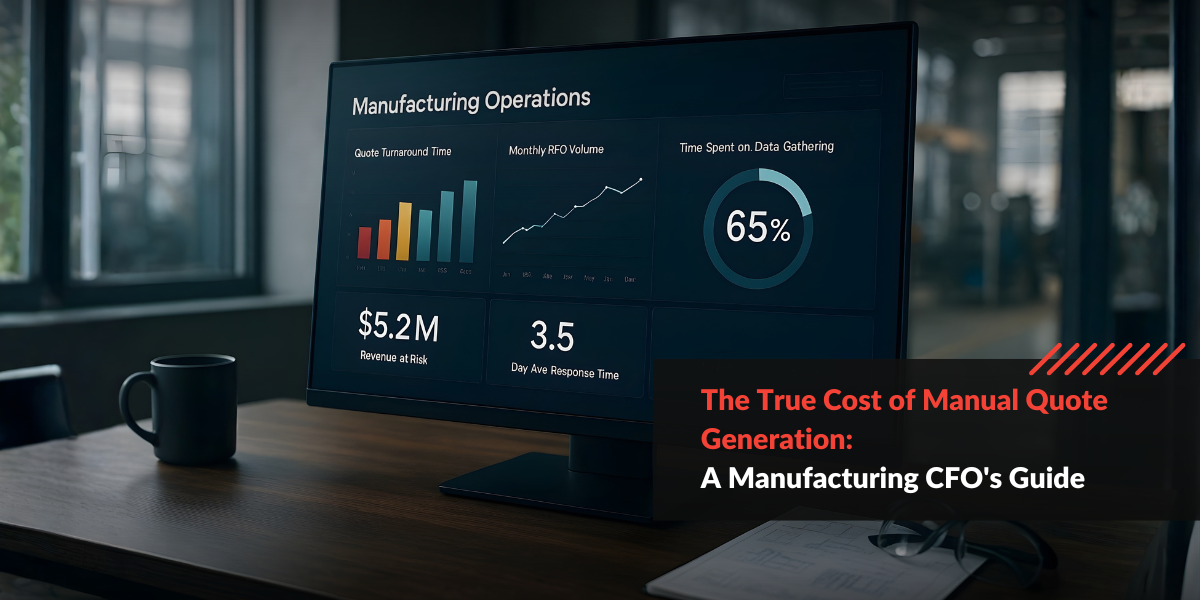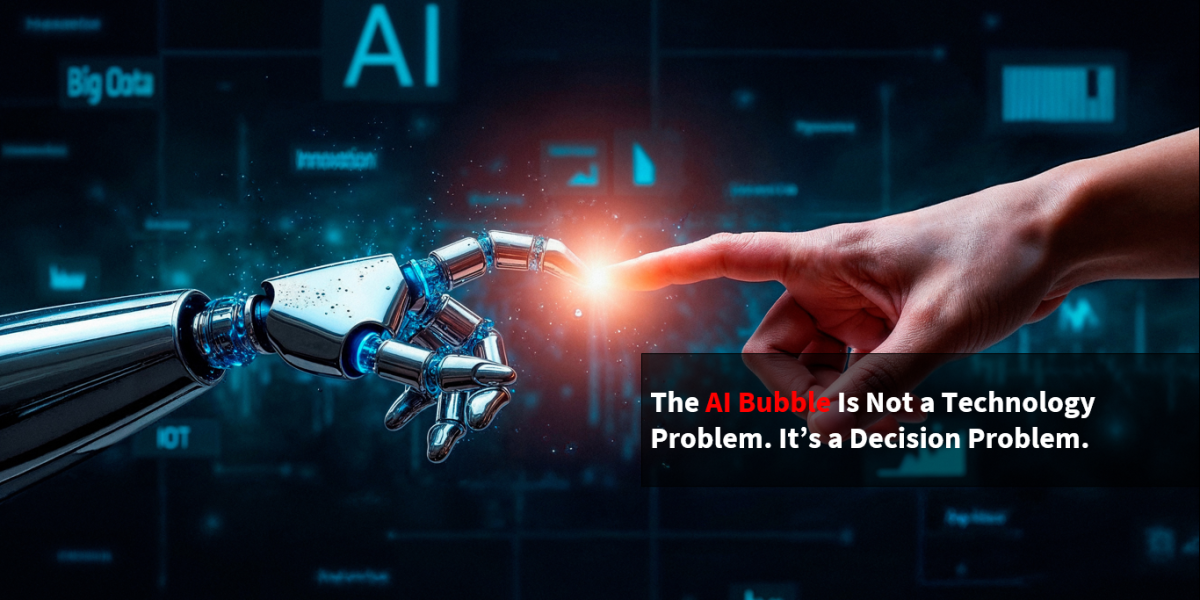As business landscapes shift faster than ever, decision-makers are under constant pressure to act smarter and faster. With Generative AI and Large Language Models (LLMs) stepping into the spotlight, boardrooms now have powerful tools to reshape how decisions are made. In this blog, we’ll dive into how these technologies can be woven into corporate strategies to boost efficiency, improve accuracy, and unlock new levels of innovation.
Understanding Generative AI and LLMs
Generative AI refers to systems capable of creating new content based on existing data. For instance, tools like OpenAI’s DALL-E can generate images from text descriptions, while ChatGPT can produce coherent, contextually appropriate text. These capabilities are not just limited to creative applications but extend to interpreting and generating data insights.
LLMs, like GPT-4, are trained on massive datasets comprising diverse text. They excel at understanding and producing human-like text, making them invaluable for processing and synthesizing vast amounts of information quickly. By leveraging LLMs, executives can access comprehensive reports, market analyses, and predictive insights without manually sifting through extensive data.
The Evolution of Decision-Making in the Boardroom
Traditional decision-making in boardrooms has often relied heavily on intuition and experience. While these elements remain valuable, they can sometimes lead to slow decision processes and missed opportunities. The shift towards data-driven decision-making has helped address some of these issues, but challenges like data overload and inconsistent quality persist.
Generative AI and LLMs promise to revolutionize this space by offering tools that not only analyze but also generate insightful and actionable data. For example, an LLM could quickly scan through market trends, customer feedback, and financial reports to produce a concise, strategic overview. This allows executives to make informed decisions more swiftly and accurately.
Integration of Generative AI and LLMs in Boardroom Decision-Making
Enhancing Decision Support Systems
One of the primary ways AI can assist is by enhancing decision support systems. Imagine a scenario where a company is considering expanding into a new market. An LLM can analyze unstructured data sources such as news articles, social media posts, and market reports to provide a comprehensive risk and opportunity assessment. This not only speeds up the decision-making process but also ensures that it is based on the latest and most relevant information.
Automating Routine Decisions
Routine decisions, such as scheduling meetings, approving standard transactions, or responding to common customer queries, can be automated using AI. This automation frees up valuable time for executives to focus on more strategic and high-impact activities. For instance, an AI-powered system can manage daily operational tasks, allowing the board to concentrate on long-term planning and innovation.
Key Benefits of AI-Powered Decision Making
Increased Efficiency and Speed
The integration of AI into decision-making processes significantly enhances efficiency. Leading companies have reported that AI can analyze data and generate insights much faster than human teams. This speed is crucial in today’s fast-paced business environment, where timely decisions can be a competitive advantage.
Enhanced Accuracy and Reduced Bias
AI systems rely on data-driven insights, which helps reduce human biases in decision-making. For example, AI can evaluate performance data without the influence of personal biases, ensuring more objective and fair assessments. Ensuring that AI models are trained on diverse and representative datasets further enhances this fairness.
Improved Risk Management
AI’s ability to predict risks by analyzing historical data and identifying early warning signs is particularly valuable in risk management. For instance, in the financial industry, AI can detect patterns that indicate potential market downturns, enabling proactive measures to mitigate losses.
Challenges and Considerations
Data Privacy and Security
Data privacy and security are paramount when integrating AI into decision-making processes. Companies must ensure that sensitive information is protected through robust encryption, regular security audits, and compliance with relevant regulations. This is essential to maintain trust and avoid potential legal repercussions.
Implementation Challenges
Implementing AI solutions can pose technical and organizational challenges. A clear strategy, support from all stakeholders, and thorough change management processes are crucial. Training programs for staff to understand and effectively use AI tools are also essential to ensure smooth integration.
Dependence on AI and Human Oversight
While AI can automate many tasks, human oversight remains crucial. Critical decisions still require human judgment to consider nuances and ethical implications that AI might not fully grasp. AI should augment human capabilities rather than replace them entirely.
Best Practices for Leveraging Generative AI and LLMs
Building a Robust AI Strategy
Developing a robust AI strategy involves identifying areas where AI can add the most value, setting clear objectives, and allocating resources effectively. Starting with pilot projects and scaling up based on results is a practical approach to implementation.
Investing in Talent and Training
Investing in talent and providing comprehensive training programs will help teams understand and leverage AI effectively. Collaboration with AI experts can ensure that AI solutions are aligned with organizational goals and can be smoothly integrated into existing processes.
Continuous Evaluation and Improvement
Continuous evaluation and improvement of AI systems are vital. Regularly assessing AI outcomes and making necessary adjustments helps maintain effectiveness. Staying updated on AI advancements ensures that the organization remains at the forefront of technological innovation.
Future Trends and Innovations
Emerging Technologies and Their Potential Impact
Staying abreast of emerging technologies and trends is crucial for maintaining a competitive edge. Innovations in AI continue to evolve, offering new tools and capabilities that can further enhance decision-making processes. By monitoring these trends, companies can adapt and incorporate the latest advancements into their strategies.




